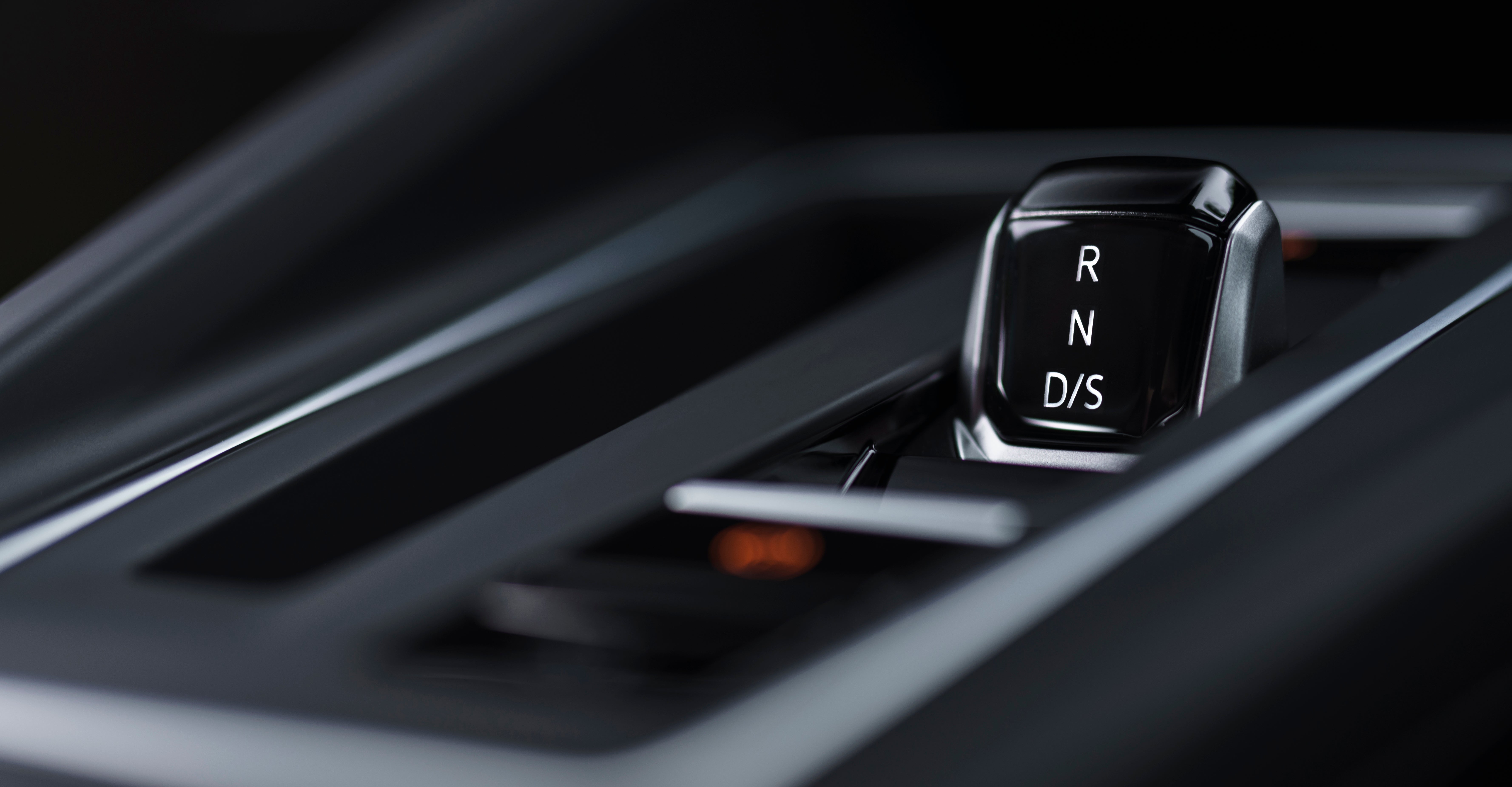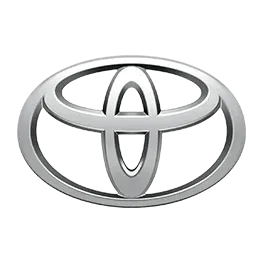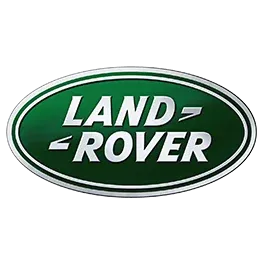Automatic cars for sale with heycar
There are more automatic cars for sale in the UK than ever before – and for good reason. As car manufacturers continue phasing out manual gearboxes, automatics are becoming the go-to choice for drivers looking for a more relaxed, tech-friendly driving experience. In fact, many new cars – including hybrid and electric vehicles (EVs) – are only available with automatic transmissions.
Modern automatics are smoother and more efficient than ever before, and better suited to today's driving habits, espeically stop-start traffic and long-distance cruising. If you're not sure which model is right for you, take a look at our guide to the best automatic cars to buy in 2025.
Automatic cars vs manual cars
More drivers across the UK are switching to automati cars for their ease of use. In towns and cities, where traffic is heavy and stop-start driving is common, automatics take the stress out of commuting.
In a manual car, you press a clutch pedal and change gears using a gearstick. In contrast, automatic cars change gears for you. With just two pedals – the brake and the accelerator – automatics are easier for new drivers to learn in and more comfortable for longer journeys.
While manuals were once cheaper and more fuel-efficient, modern automatics are now just as – if not more – economical, especially hybrids or EVs.
How do automatic cars work?
In an automatic car, instead of pressing a clutch pedal and manually changing gears, the vehicle handles this for you. To drive, you simply shift from P (Park) to D (Drive) using a lever, gear selector or even a button in some models.
Most manual cars have up to six forward gears, but automatics can have up to nine, helping the vehicle choose the most efficient gear based on driving conditions. This smooth shifting can actually make automatics more economical than manuals in many cases.
There are different types of automatic gearboxes, and each car manufacturer may take a slightly different approach, but the best automatics offer seamless gear changes and reliable performance.
The traditional auto is known by those in the know as a torque converter. This uses a fluid coupling between the engine and gearbox to transmit the power. There are some brilliant torque converter gearboxes available on second-hand automatic cars from the likes of BMW, Land Rover and Jaguar.
A semi-automated gearbox, also known as a robotised manual, clutchless manual or automated manual, is essentially a manual gearbox with the clutch pedal removed – the car does that bit of the process for you. This is one of the cheaper ways of making an automatic car as the technology is lightweight and simple to engineer, so small automatic cars for sale often use this system.
Most newer automatic cars feature dual-clutch (DSG) or CVT gearboxes.
What is a DSG gearbox?
A DSG (Direct Shift Gearbox) is a type of dual-clutch transmission that’s commonly found in vehicles from the Volkswagen Group – including Volkswagen, Audi, SEAT, and Skoda. The term is widely used now across the industry.
Rather than switching gear cogs, DSG gearboxes pre-select the next gear using two clutches: one for odd-numbered gears, one for even. This means gear changes happen incredibly quickly and smoothly, making for a more dynamic driving experience. DSG gearboxes are also known for their fuel efficiency and are widely available on the used-car market.
What is a CVT gearbox?
CVT stands for Continuously Variable Transmission, and it works differently from traditional gearboxes. Instead of fixed gear ratios, a CVT uses a system of belts and pulleys to provide seamless acceleration and fuel efficiency.
Because the CVT can always maintain the ideal engine speed, it’s commonly used in hybrids and small automatic cars where efficiency is a priority. CVTs are low maintenance and reliable, though they may not offer the same level of driver engagement – especially under hard acceleration, where they can feel less responsive.
Cheap automatic cars
While automatic cars tend to be more expensive than manuals due to added technology and components, there are still great value options available. At heycar, we have a wide range of cheap automatic cars for sale.
- Cheap automatic cars under £10,000
- Cheap automatic cars under £15,000
- Cheap automatic cars under £20,000
What should I look for when buying a used automatic car?
When shopping for used automatic cars, it’s essential to check that the vehicle has been properly maintained. Automatic transmissions are more complex than manuals, so servicing history – particularly gearbox fluid changes – is important.
During a test drive, make sure the car changes gear smoothly and without delay, there's no unusual noise or shuddering and that the gearbox doesn’t hesitate or hold onto gears unnecessarily
If the car has been used for towing, ask whether it’s been fitted with additional cooling for the gearbox, as towing can put extra strain on the transmission.
If you're not sure if a used automatic car is quite right for you, we've got 1000s of used cars for sale to suit all budgets and needs.
Browse by car type
Browse our most popular models
Promotions
Most popular makes for sale on heycar
Trustpilot Reviews
Get our latest advice, news and offers
Keep me updated by email with the latest advice, news and offers from heycar.
By submitting you agree to our privacy policy

















































